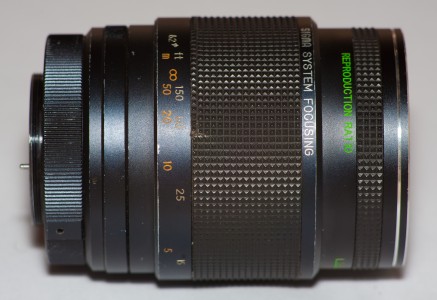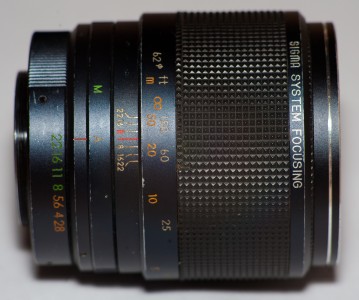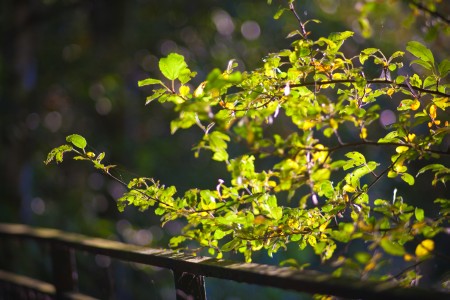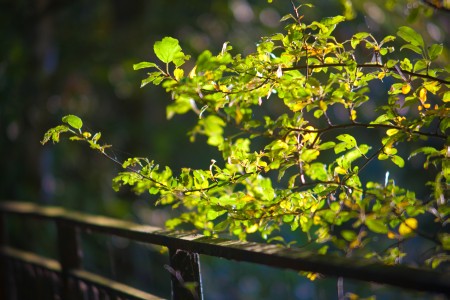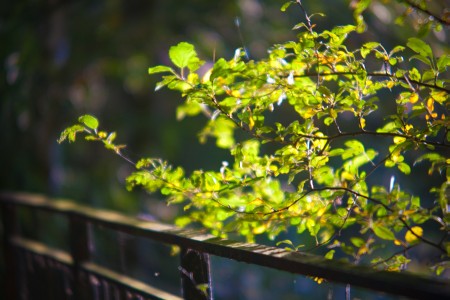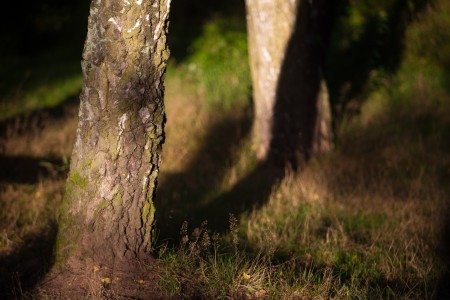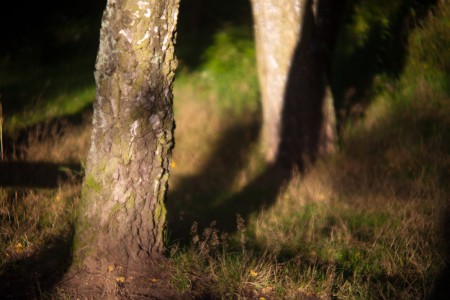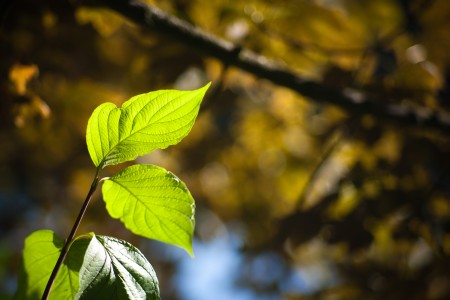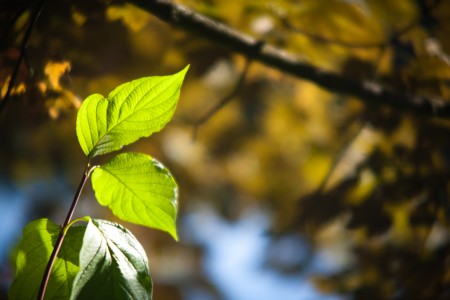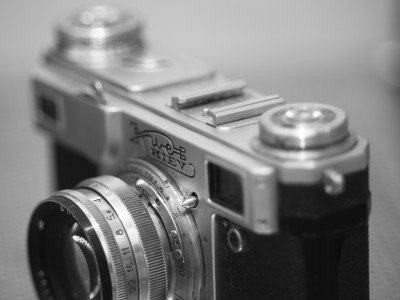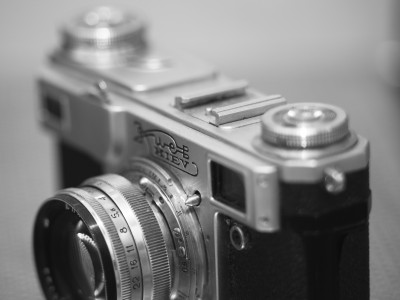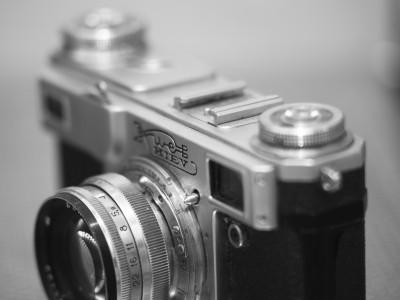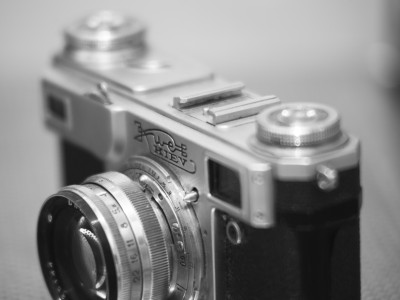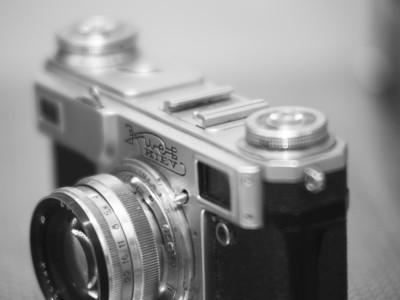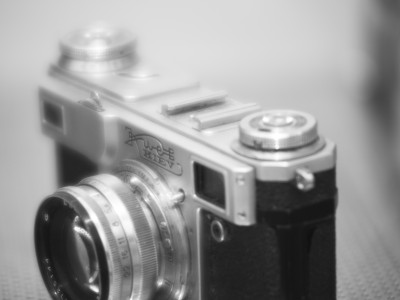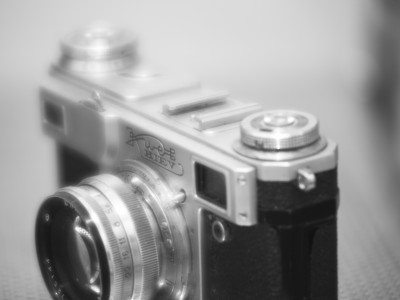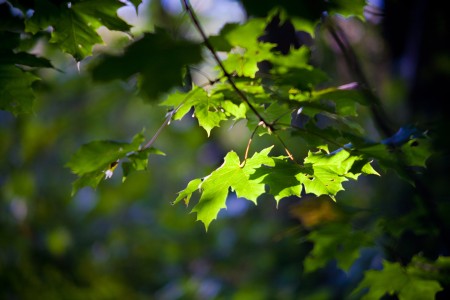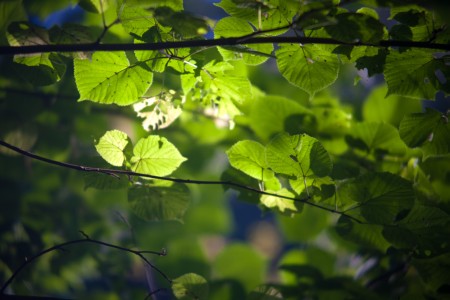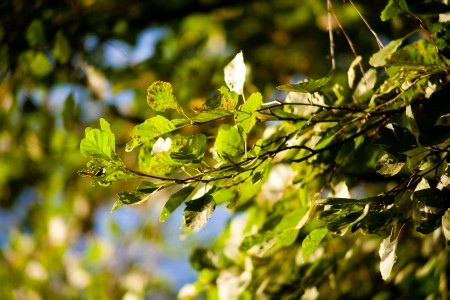Cheap Sigma lens as a substitute for the Nikon 135mm/2.0D AF-DC Nikkor for DSLR and EVIL System camera use?
I love bokeh!
I do not only love the quantity of bokeh - big bokeh circles, but also the bokeh quality. Most people seems to use booth terms for the blur-size.
But Bokeh-Quality is the illumination distribution inside the bokeh circles - and in all unsharp regions of the image.
It seems to be a truth, that bright border bokeh is bad, and an even illuminated bokeh circle is neutral. And darker bokeh circles are good.
But wait, whats about the great images a Meyer Goerlitz Trioplan 100mm f/2.8 could make?
Oh, this is a
exeption of the rule ;-)
On my journey to find more about bokeh, the quality of the blur, I learned about the Minolta Rokkor 58mm f/1.2 has good bokeh, at least when closed to f/2.0 or a bit more. Bought and converted the Rokkor 58/1.2 - and learned to use it. But I was still disapointed. This lens produces much bokeh, and something good bokeh. But pleasing blur was still very dependable from the object and illumination.
Then I read about the Sony
SAL-135mm f/2.8 [t4.5] lens, and the Nikkor DC lenses 105.2.0 and 135/2.0.
The Sony functionality with the apodization element seems more promissing. The blur in the backround and foreground are booth harmonized. I read about how people try to emulate this with homemade devices, and tried my way with a exposed slide film. With some lenses this works very well. And I loved the images I could get.
But still, there was the desire to test the Nikon Defocus Control way, at least more or less the same other "soft focus" lenses use: Spherical abberation. This is used by by the old Dallmeyer Portrait Lens, the Tamron 70-150mm f/2.8 or the Minolta Variosoft 135mm f/2.8 and other "soft focus" lenses
It is know that spehrical abberation of a lens depends on the magnification. Because of this, I searched for lenses with independed optical correction for near field photography. Now I found the Sigma YS System Focusing 135mm f/2.8 that gives me not exact the same result as the DC Nikkors, but at least enough spherical abberation to use this effect for my kind of photography. The lens has an additional macro focussing ring with for 1:5 to 1:3, with that I change the spherical correction. Spherical overcorrection is only a small amount possible, but spherical undercorrection for a pleasing background works fine - but depends on working distance.
To get more focussing range with use of "macro" focus ring for spherical defocus control - the lens is not build for this kind of use - I don´t use the normal ~T2 compatible mount, but an M42 adapter ring. For infinity I need extension tubes then. Such extension tubes are needed for most work with this lens, I use a full set of three tubes 12, 24 and 36mm - and sometimes my special short 8mm extension tube.
But no real lens modification needed, only misuse.
In a second step I made a modification to get more Trioplan like images with this lens - my new Bokeh gemstone.
Here some example images. All made with the same lens, but with different settings. Image processing was the same for each image set (Lightroom 3). Camera was Canon EOS 5D. I am sorry, but I can´t use a tripod to make the images better comparable.
With a click on the image most images could be viewed at full resolution. The lens is not for pixel-peeper. At the extreme setting it is soft.
For me it is a bit hard to get the effect controlled to the right amount.
First the lens at normal use:
Her I used the macro focussing barrel for this non macro object. Left only a bit, right a bit more - with glow even in the sharp areas:
Two samples, one with harsh background, the other with a "painted" background:
Another sample of a normal background with some bokeh / blur bubbles with brighter bokeh lines. And right side a sample with
smooth bokeh from undercorrected spherical abberation.
Now a test series. One can see the spherical overcorrected background bokeh on the first image right. And it gets smoother to very pleasing bokeh. And at least the whole image is blurred or better glowing - with a bit remaining sharpness.
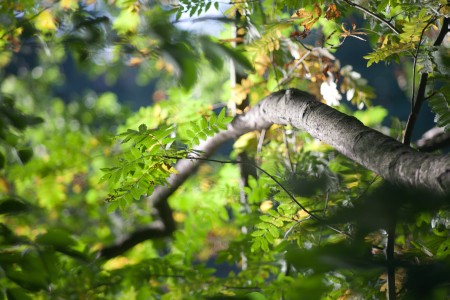
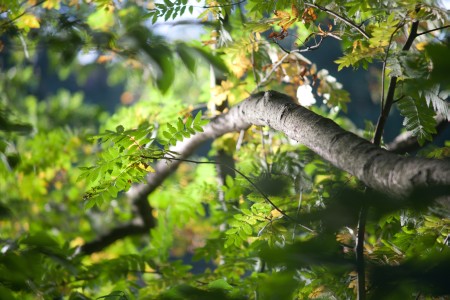
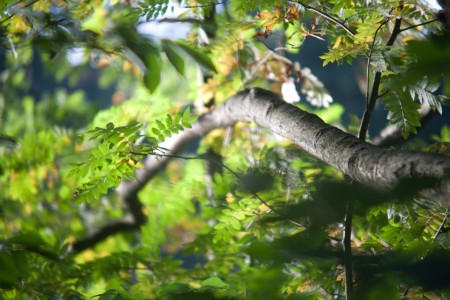
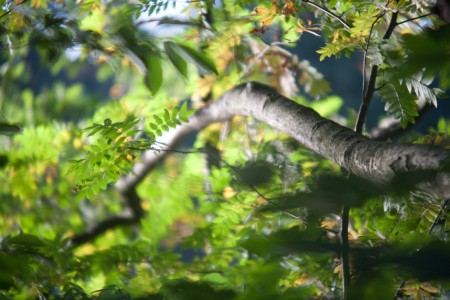
Another comparisson image set which clearly show the normal distrubing bokeh left, and the result of the now spherical undercorrected lens:
In this series one can see the relative good / smooth foreground blur, and bad backround bokeh. And with changing setting of the macro ring the background gets better - smoother. But foreground gets more harsh. Furthermore one can see the change in focal length of the lens.
Here some further samples:
As written before: This is not a 100% substitute for the DC Nikkor lenses, but it gives the potential to use variable spherical abberation for bokeh control with a ~30 Euro (30.9.2012) lens. I assume the other YS lenses with 200mm length and extra macro focussing should be work like this.
Continue reading: Bokeh Modification - how I made the Simga 135mm f/2.8 to a even better bokeh jewel.
Please visit my other tinker work, or my DIY directory with ~1700 DIY links to other photo tinkering sites.
